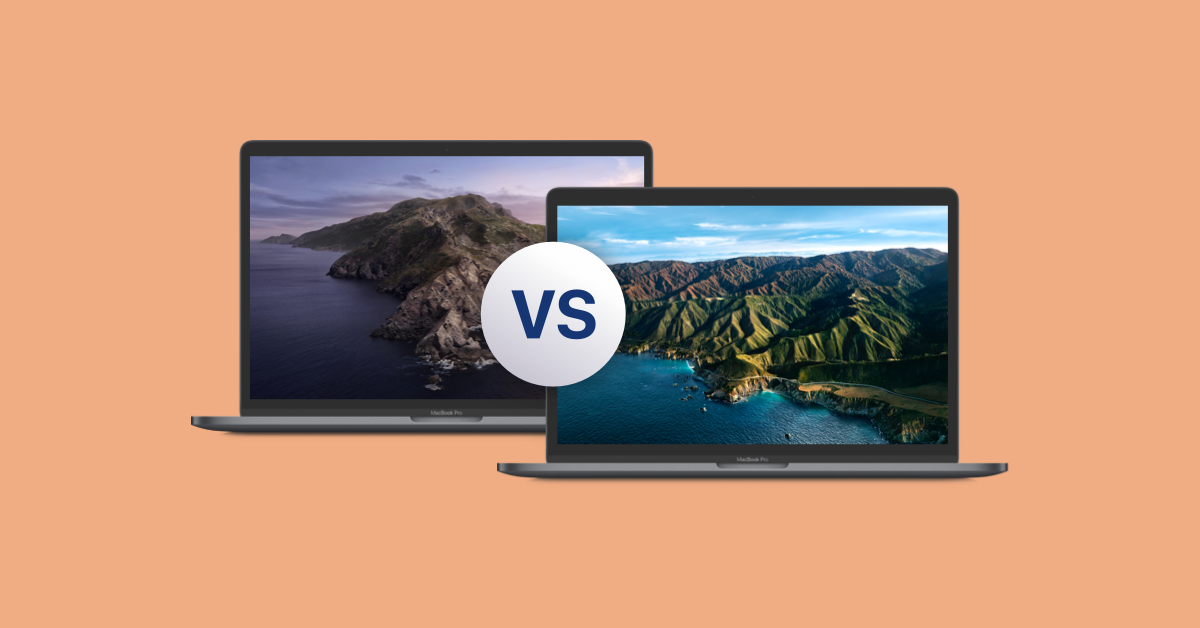Update Mac To Catalina
Apple took system protection to the next level in macOS 10.15 Catalina by splitting your normal boot volume into two pieces. It appears like a single volume on the Desktop, but it’s really two: one is labeled with the volume’s name, while the other has “- Data” appended to it.
We would like to show you a description here but the site won’t allow us. Download the latest Catalina Installer using the latest Catalina Patcher version. Some third-party applications do not open or crash on launch This is an issue Apple introduced in 10.15.4, and is not an issue with the patch itself.
The new main volume is read only and contains only operating system files. This doubles down on the previously added System Integrity Protection (SIP) feature, which prevented key files from being modified as a way of reducing the potential for malware exploitation. This new approach in Catalina is a more severe version of this.

The Data volume contains everything else, and is tagged in Disk Utility with a Home icon over its disk icon in the descriptive view. By using new APFS features in Catalina, Apple can create a “volume group” that links the system and Data volumes together as a single item in function, and use “firmlinks” that allow cross-volume symbolic links without duplicating files, further tying the two logically distinct items together. Bombich Software, makers of Carbon Copy Cloner, has a more detailed explanation on their blog. Mac security update. (And note that if you mount a Catalina drive in Mojave, both volumes mount correctly, but appear separately and unlinked.)
During the upgrade from a previous macOS to Catalina, Apple moves any files that are located in a path that can no longer be written by the user to the Home directory’s Shared folder in “Relocated Items.”

When you start up Catalina, you don’t see two volumes on the desktop—just one, and it’s named as you would expect, with the plain name of your volume as you set it. Apple manages that trick by hiding the “- Data” volume, even though it’s mounted, and using firmlinks to make sure all the files in the Home directory and other read/write areas of macOS are mapped to the correct place.
If you’re using macOS Mojave or later, choose Apple menu System Preferences, then click Software Update. If you’re using an earlier macOS, use the App Store instead. Learn how to download and install macOS Big Sur Go to the App Store. Mac os yosemite upgrade to mojave 10.14.
Sep 25, 2019 Open /etc/default/grub file using any text editor, for example nano. $ sudo nano /etc/default/grub. Find the line 'GRUBDEFAULT'. We can select the default OS to boot using this option. If you set the value as '0', the first operating system in the GRUB boot menu entry will boot. If you set it as '1', the second OS will boot, and so on. GNU GRUB (short for GNU GRand Unified Bootloader, commonly referred to as GRUB) is a boot loader package from the GNU Project.GRUB is the reference implementation of the Free Software Foundation's Multiboot Specification, which provides a user the choice to boot one of multiple operating systems installed on a computer or select a specific kernel configuration available on a particular. You need a boot loader that can load certain non-Linux kernels directly; GRUB can boot macOS, Mach, BSD, and some other kernels directly. You want or need to use Secure Boot—most distributions that support Secure Boot do so through a combination of Shim and GRUB 2. Grub macos catalina.
This only gets confusing when things go awry. I’ve heard from several readers and read in a number of forums that the Data volume sometimes appears on the Desktop as another accessible volume. One reader even found that Time Machine refused to run after they had updated to Catalina because it found two copies of the “iMac – Data” volume, possibly because the reader had a backup mounted.
I don’t yet have an explanation as to why this happens, although it may have to do with the significant updates required for disk cloning software to work correctly with volume groups, firmlinks, and Catalina. If you clone or copy your Catalina startup volume with a utility not yet ready for Catalina or while booted into Mojave, it’s likely you create two disconnected volumes instead of a unified Catalina whole. (Carbon Copy Cloner is ready for Catalina; Shirt Pocket’s SuperDuper! update is in its final beta testing stage.)
Time Machine can backup a Catalina startup volume group to a HFS+ drive, although you should only attempt to interact with such a backup within Catalina—in Mojave, Time Machine won’t know precisely how to deal with it.
Update Mac To Catalina
This Mac 911 article is in response to a question submitted by Macworld reader Bill.
Update Mac To Catalina 10.15.6
Ask Mac 911
Mac Update To Catalina Stuck
We’ve compiled a list of the questions we get asked most frequently along with answers and links to columns: read our super FAQ to see if your question is covered. If not, we’re always looking for new problems to solve! Email yours to mac911@macworld.com including screen captures as appropriate, and whether you want your full name used. Not every question will be answered, we don’t reply to email, and we cannot provide direct troubleshooting advice.
